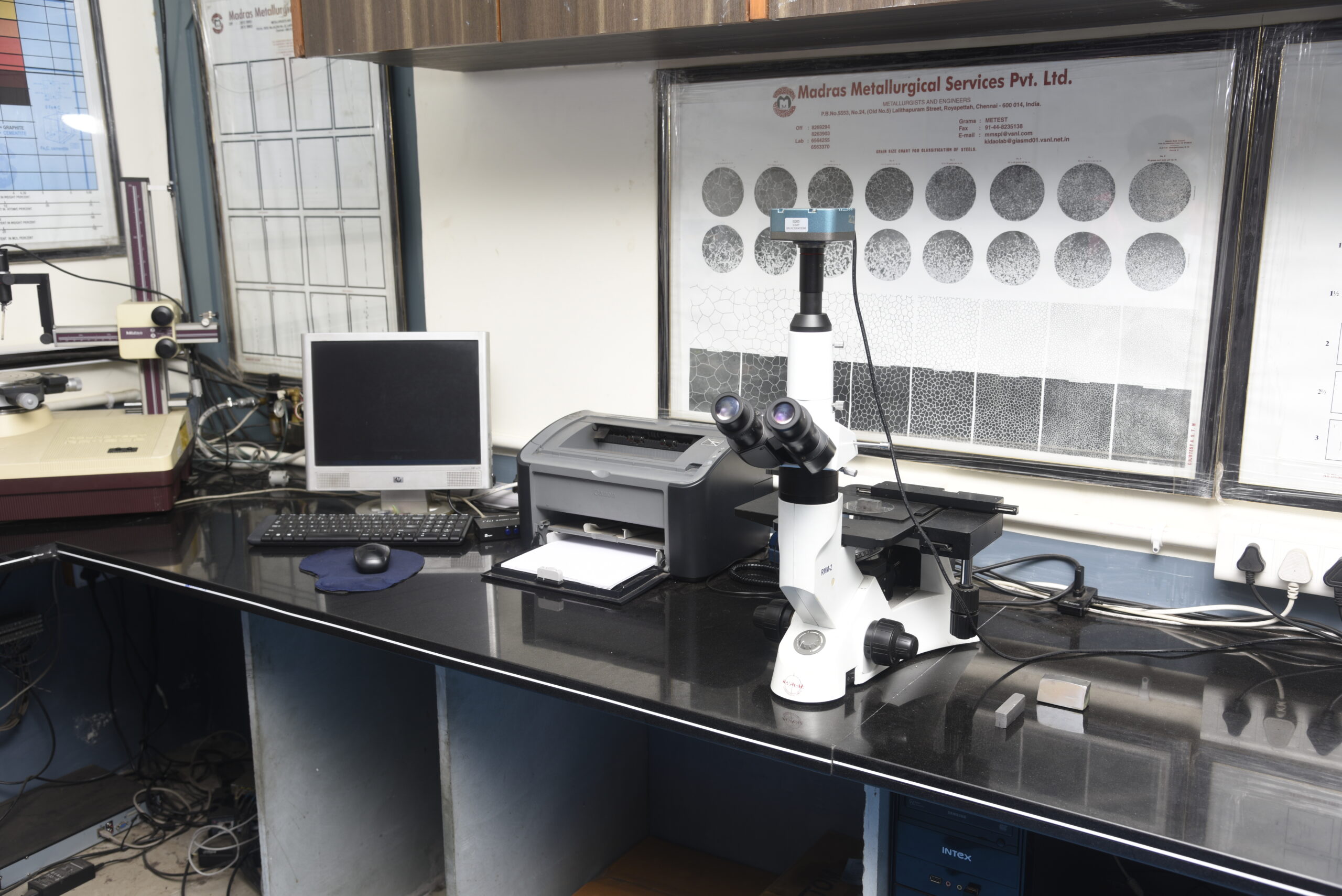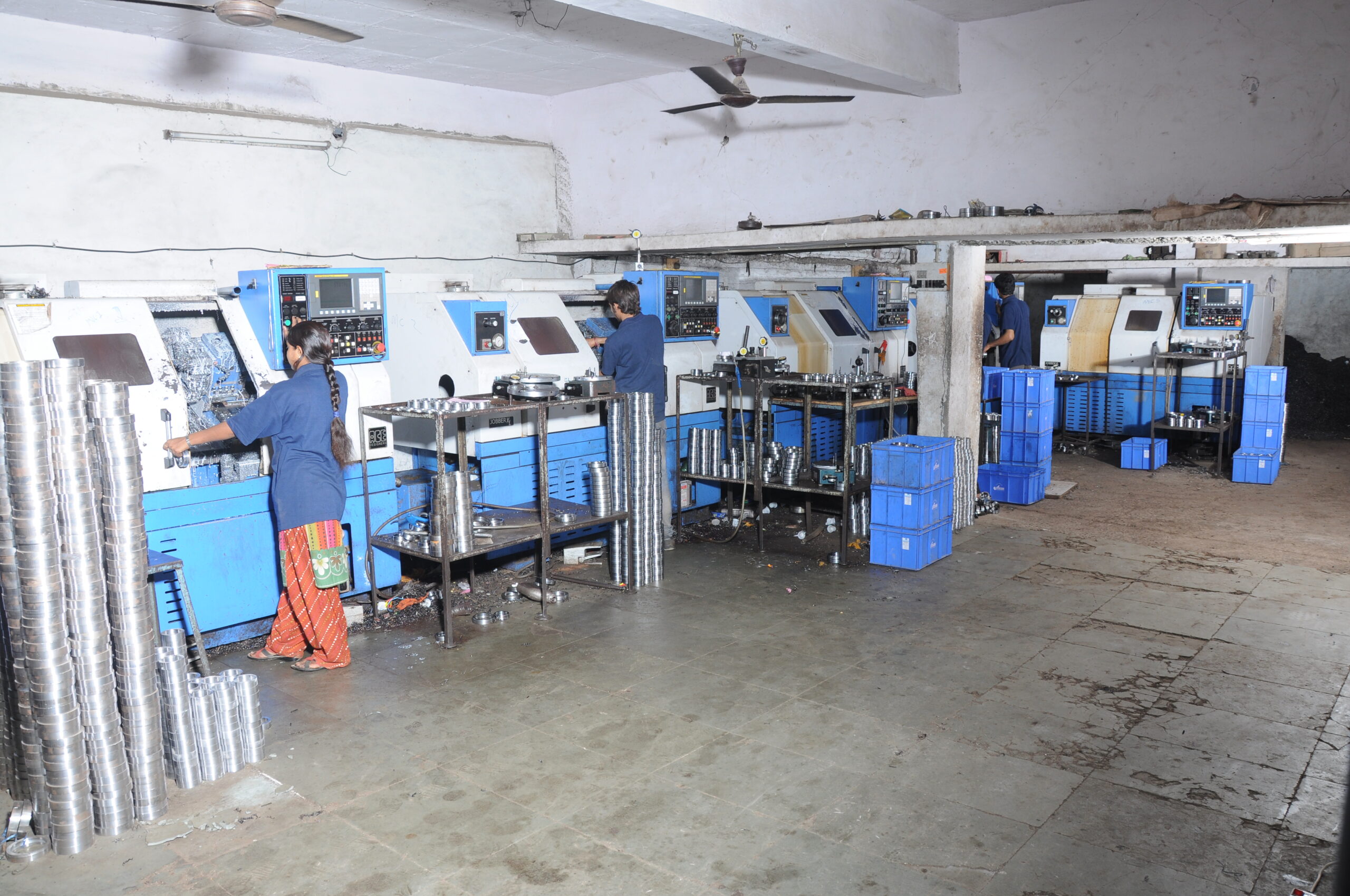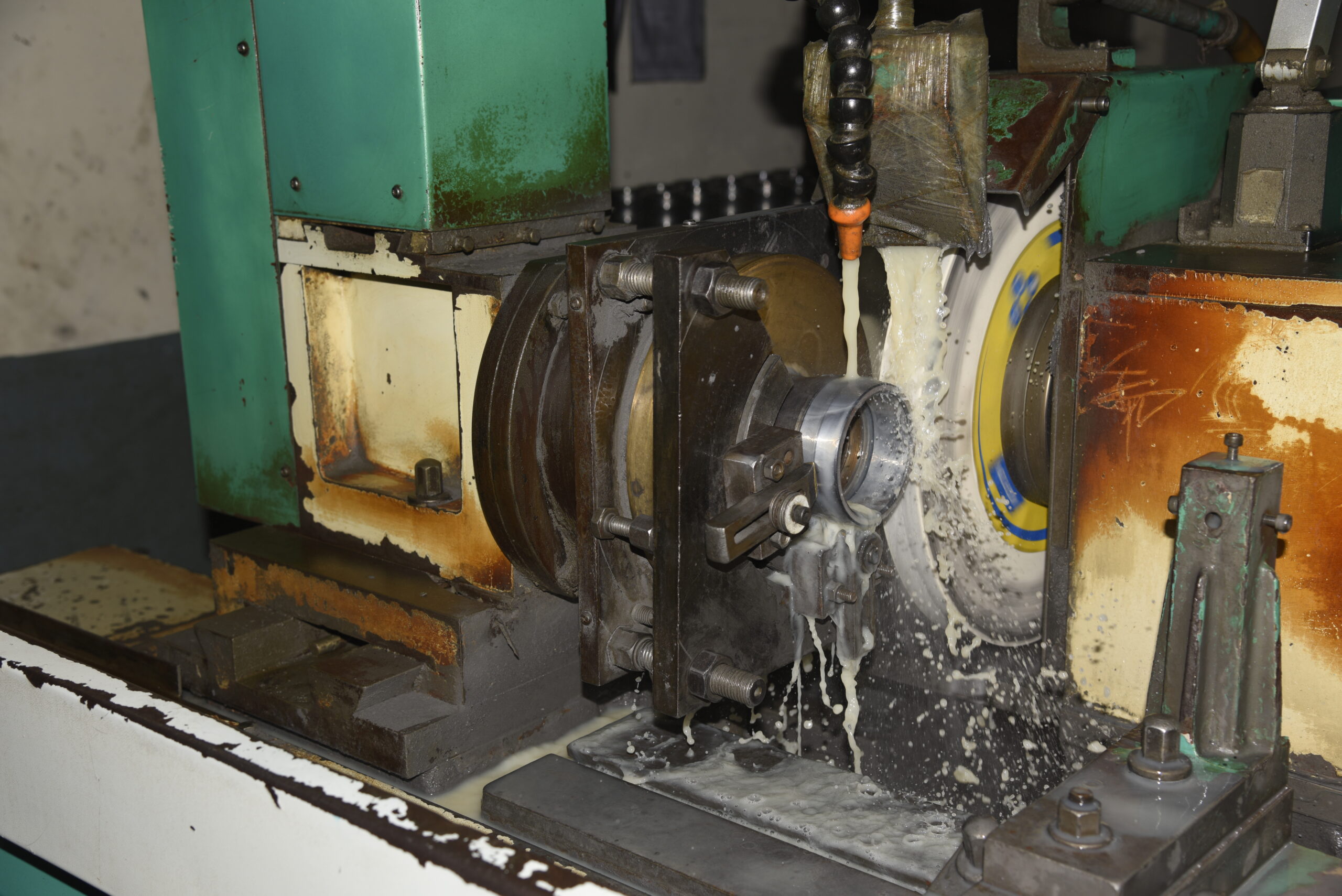Manufacturing
The manufacturing process comprises of right form the procurement of the best quality raw material to the packing of finished product.
Rolling Out Top-Notch Engineered Bearings
With the most advanced technologies coupled with new generation manufacturing machines and an experienced team of engineers, MARC is constantly raising its growth index. The success is attributed to production of high quality bearings conforming to international specifications and standards.
To ensure that the quality is retained at all levels of production, MARC follows a streamlined process of bearing manufacturing. The process is performed in a devoted Production Unit equipped with Automatic CNC machines and also PLC machines. Furthermore, WMW and CINCINATI machines make the manufacturing process more efficient and smooth.
Selection of Raw Materials
Raw material, SAE 52100 Steel conforming to international standards is used for manufacturing MARC bearings and same steel is used for all the bearing components like races, cages and rolling elements. All the cages are composed of CRC material and brass as per international standard specification.
Quality Check
The chemistry of the SAE 52100 Steel is checked, tested and verified through metallurgical testing performed by expert metallurgists. Before commencing the actual manufacturing the steel to be used is thoroughly inspected.
Forging & Annealing
Forging is a metal shaping treatment that works through the forces of heat and impact to give the desired shape to the metal. The process is performed on SAE 52100 Steel so as to deliver a perfect shape. Anneling is an association of heating and cooling treatment performed on the bearings so as to enhance the ductility of the bearings. This makes the bearings more workable with regards to molding them to any desired shape.
CNC Turning
Forged material is further used to do turning with the help of automatic CNC Machines. These machines are known worldwide for reliable operation and increased productivity when it comes to manufacturing complicated components with highest degree of accuracy and perfection.

Heat Treatment

All the components of the bearing including Inner & Outer races, rings and the rollers are heat treated to provide resistance to wear and tear. Both the inner and outer races are hardened to 60 ± 2 HRC as per international standard. The hardness of the races as well as the rolling elements is further checked and tested using a hardness tester.
Adoption of Standard Dimensions

Dimensions of a bearing play a vital role in the performance and usability of the bearing. This includes the inner diameter, the outer diameter and the diameter of the bearing width. All these three conform to international standards when it comes to verifying the bearing dimension at MARC.

Grinding
The grinding process undergoes four stages namely:
- Face Grinding: In the face grinding process, duplex machine is used. Components are checked for size variations, flatness, roughness, parallelism and burning.
- OD Grinding: In this stage material is checked for 2 point ovality, 3 point ovality, roundness and roughness.
- Track Grinding: In this stage of the grinding process the size of the track is checked along with curvatures, taper, eccentric, roughness, 2 point ovality and 3 point ovality.
- ID Grinding: In this stage, an electronic measuring system known as marposs system is used to control size variation. The system checks for size precision in terms of ovality, roughness, roundness and other errors.
Super Finishing
After the grinding process, we reduce Roughness Average (Ra) value on Track with the help of Honing & Lapping machine & maintain RA value which provides super finished bearing components.
Cleaning & Assembly
After the super finishing process, all the races and rolling elements are washed and cleaned ultrasonically to clear off all the remaining dirt and dust. Thereafter, based on the specific customer requirements, the components are assembled with precision and excellence using Fully automatic assembly line.
Packing

After assembling the components, bearings are neatly and securely packed under hygienic conditions. The manufactured bearings are first oiled to ensure protection against varied atmospheric effects and then wrapped securely in plastic bags. Further to that, these are packed in individual boxes which are collectively packed in a master box for transportation.





























